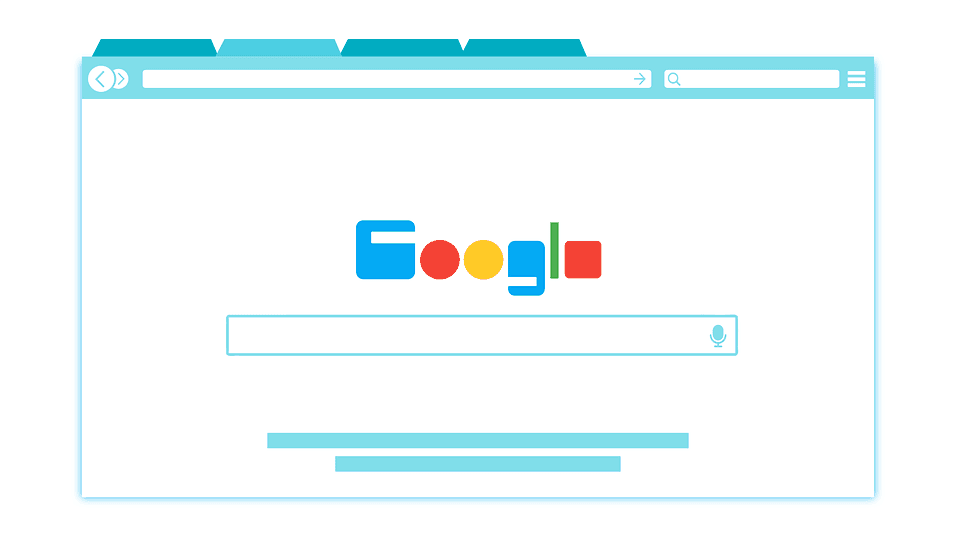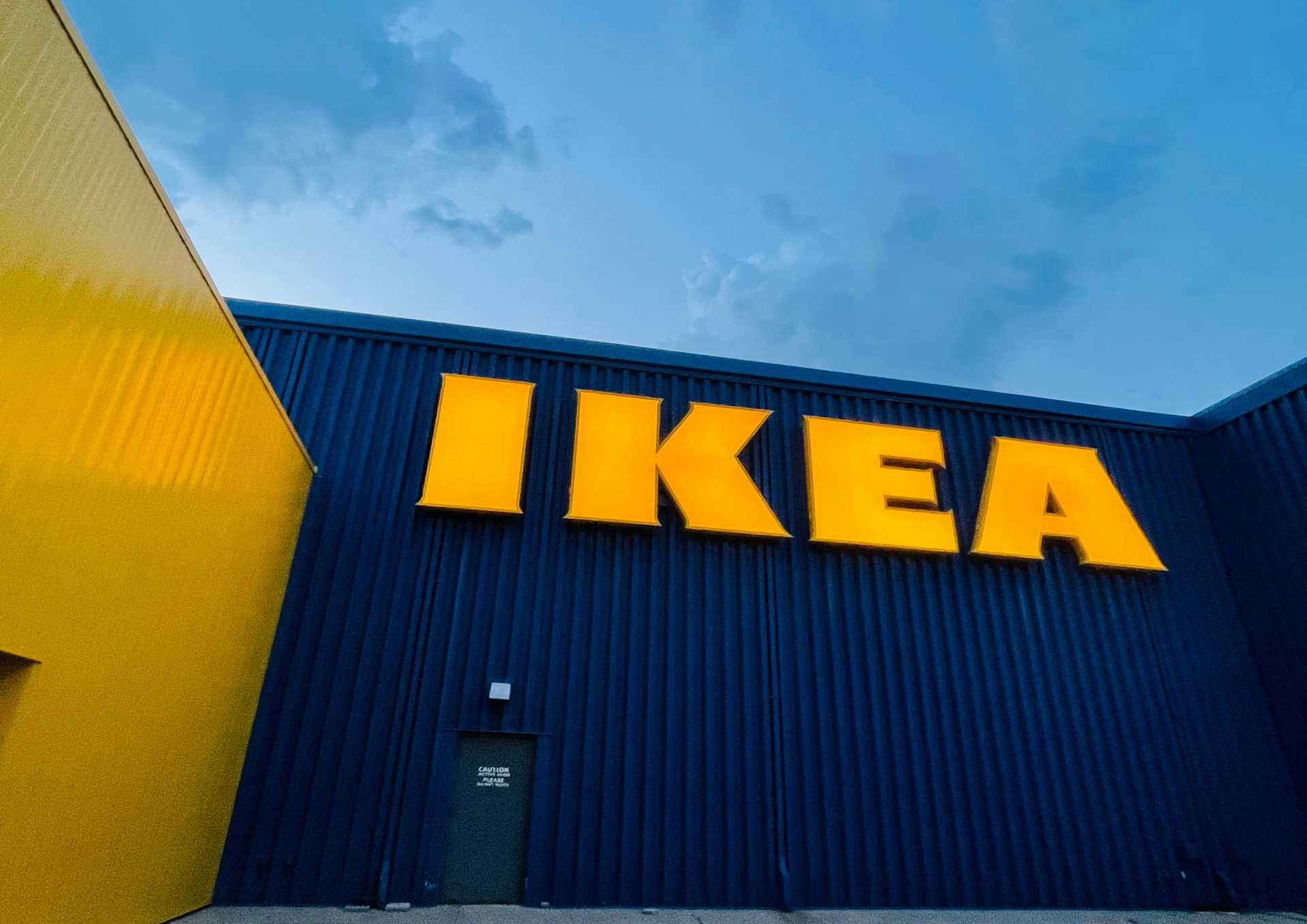Google recently rolled out a new feature to Chrome that automatically blocks ads on websites with bad quality ad experiences. Lee, Chris & Jamie discuss their thoughts on the news… For more videos like this make sure you subscribe to the Flaunt Digital YouTube channel.
See below for the full video transcription.
VIDEO TRANSCRIPTION
Chris: So the first topic today we’re gonna be talking about is the new Google Chrome Adblocker. So this affects a lot of publisher sites. And what it’ll do is, basically, when a user visits a publisher’s site, the most offensive and disruptive ads that will normally be generated on that site, they’ll be blocked by Google.
Jamie: Yeah, so there’s loads to this. Obviously, Google makes tons and tons of money off ads. So that’s a big thing because they might be blocking their own ads. We’ve, sort of, been discussing this internally. I mean, my personal opinion, they’re gonna sidestep this. Obviously, they’re not going to block their own ads. I very much doubt that’s ever gonna happen. I’m sure there will be…
Chris: It’s being enforced by the trade body coalition, so I think everybody’s had to, sort of, dance to the tune on this.
Jamie: But I think surely Google will come up with alternative methods of carrying on taking customers’ money and displaying ads, rather than just to say, “Oh, can’t take your money for those anymore.” I’m sure they’ll figure out a way to make a lot of money from it.
Lee: Yeah, it’s basically just another move for user experience, isn’t it? Popups, prestitial ads.
Jamie: Yeah, and if they can get rid of some of the competitor ad networks’ ads off webpages and push some more people towards Google’s ad network, then happy days.
Chris: That’s the thing though a lot of the… Obviously, GDN is one of the biggest ad networks out there, so that’s probably gonna be the worst affected. The thing is, as well, a lot of these ad formats are DoubleClick inventory. So they’re almost shooting themselves in the foot a little bit here in taking it away. There’s only so many ad spots on a website where you can appear. So what I think it’ll do, personally, is increase the competition for those ad spots that, obviously, everybody’s got access to there.
Jamie: Yeah, but this doesn’t necessarily have to tie into ad spots specifically. This is more…well, not more to do with it. But this is, I think, mainly targeting interstitials that take over your entire screen and stuff. But obviously AdWords doesn’t determine the spaces that do that. It’s just to do with the other development points of your website, I guess, making sure that these dodgy tactics aren’t used.
But yeah, just going back on track a little bit, this is in Chrome 64. So this is one of the recent versions of Chrome. So you might already have it. It’s already started rolling out on Android and desktop platforms. It’s not on iOS from what I gather, they haven’t put it on iOS yet. So, yeah, that should be in your browser pretty soon if you’ve got Chrome.
It’s pretty interesting because if you’ve got another ad blocker, as well…so say you’ve got Adblock Plus or whatever or you’ve got uBlock, maybe there’s another slant on this where Google are trying to make people think that this functionality is already in the browser. So you might disable your third-party ad blocker, which might be nasty against Google’s ad network in particular, and rely on Chrome. Because if Chrome’s gonna get rid of the awkward ones that pop up and fill your screen or whatever, maybe that’s another slant on it.
Maybe they’re wanting people to stop with these, you know, insane ad blockers that just block everything, basically. I mean, I looked at mine today, and if you’ve got Google Tag Manager in your URL anywhere, in any scripts that pull into the page, it just blocks them outright. So maybe Google are wanting to basically deter people from using these ad blockers that just don’t like Google, so that they’ll think that they’re covered by what’s in Chrome already.
Lee: Yeah, that’s interesting.
Jamie: In terms of web development and web developers, this stuff’s gonna be built into Google Webmaster Tools. So it’s actually already available now. I checked some of our client sites earlier. But none of our sites are in there yet. so it just says, like, “Pending review” or something. So I imagine they’re just going through every single site, I guess. It’s gonna take them a while.
And supposedly it’s gonna have, like, screenshots of problems on your site, which will be interesting. I don’t know how that’s gonna work. Because if these interstitials pop up after a minute or whatever, I don’t know how Google’s crawler’s gonna deal with that. But supposedly it is, and it’s gonna point it out.
And what it’ll do is, if you’re an offending site, it’ll pause all your ads from showing on your site until you’re reviewed it. And then you can look at Google’s screenshots, etc., and correct your site, rectify your problems, resubmit it, and then Google will look at it. And then, if it’s all right, they’ll let you carry on with whatever ads you’ve already got, providing they’re above board or pass the rules or just stringent checks they’re putting in place.
So it’ll be interesting because there might be tons of web dev work up for grabs soon when clients see all these errors in their Webmaster Tools thing and realize that Google have just destroyed all their ads on the site. And so it’ll be interesting to see what happens with all that.
Chris: Yeah. I think Google are probably being a little bit more innocent in this than people think, though. I think that, even though, obviously, publishers will, you know, use those ad spots independently and people will be able to buy those direct through the website for, obviously, the pre-roll and obviously the autoplay stuff and the things that come up there…
But, you know, some advertisers pay, like, top buck for these most disruptive ones, so I don’t know how that’s gonna affect the ad exchange. Because even though Google, you know, don’t probably have, you know, this in the open exchange on an auction system, there will probably be a direct-buy option within DoubleClick, for example, to engage with these publishers that do these premium and, like, obviously, these ad spots that they’re getting rid of.
So I think it will disrupt it in some way. And I do think that there will be more competition, then, for the other ad spots across content websites. What that’ll do for auction prices and stuff, I don’t know. I don’t necessarily think it’s a bad thing, either. I think a lot of those interstitial and, you know, other pre-roll and autoplay ads, they are really disruptive. And they don’t mean a lot, I think, and, you know, it does annoy people when, you know, you do land on a website and it starts playing before you’ve even got a chance to read some content that you’re interested in. It’s just too much. I think that everybody’s, sort of, realizing that now.
But yeah, I think, for the advertising ecosystem and the publisher, server-side as well, I think it’s probably gonna have a little bit of an impact. To what degree, I don’t know, but I’m sure there will be something leading on from it.
Jamie: Yeah, I think there’s loads of interesting cases, we could go on for quite a bit about this. I know that I read that autoplay videos with sound are gonna be sort of caught by this system. Well, that’s not necessarily an ad, is it? That could be part of the content. So I don’t know what happens in that. How do they determine if it’s an ad or not and…
Chris: It’s because it’s sticky. It completely takes over your canvas of your screen, doesn’t it? So, yeah.
Jamie: Yeah, but it doesn’t necessarily have to be an ad, does it?
Lee: Oh, yeah. Because an autoplay video won’t be served from GDN, will it?
Jamie: No, not necessarily. Well, no.
Lee: So it’ll be able to differentiate between an embedded video with autoplay and an ad with autoplay that’s a video.
Jamie: Okay. There’s also other bits about, like, sites with paywalls and stuff. What’s gonna happen to them? I bet that’s an ad, isn’t it, essentially? An interstitial, usually. It takes over your page or cuts short the content or whatever. Does that class as something that’s taking… Because I know there’s something in it to do with the amount of height that an ad takes up on the screen. So are we just talking GDN now, or are we just talking any ads, or are we talking things that stick up, like large, sticky things and popup ads?
Chris: Well, that’s the thing. You can negotiate, depending on what ad placement’s available on a publisher’s site. They’ll do whatever they want. Obviously, they can choose whatever coverage you have on their site. It’s just how they wanna sell it off. Now even though DoubleClick or Google will be taking a stake out of that, if they’re serving to that website and there’s been, maybe, a private deal negotiated there or something between somebody, they’re losing their stake out of that because that ad is not being served. Regardless of whether it’s on, you know, just the open exchange auction, that ad has to be served from somewhere. And obviously, somebody’s not gonna be paying for that, then. And obviously it’s gonna bite publishers in the backside as well because they’ve got fewer places to show. So, you know, they’re not gonna be monetizing the website in the same way that they would before..
Jamie: So is that how we’re guessing this is gonna work, then, it’s gonna basically look through sites and look for ad network URLs that are pulling into that site, whether it’s GDN or another ad server. Is that what we’re saying?
Chris: Well, it’s not just the GDN. It’s anybody that’s using the browser. It’ll track the publisher’s website and say whether it’s got an ad that, sort of, fits within this format.
Jamie: Yeah, I was coming at it from a bit of a different angle and thinking that it’s just gonna look for any interstitial or whatever you want to call it, modal, that sticks over the page, whether that’s got an ad in it or not. It could just be a bit of copy that says, “Go and buy this product,” with an affiliate link to Amazon. I thought it was gonna be more of a UI test rather than a “let’s see if an ad network’s content’s getting pulled into this page” type of test. I don’t know.
Lee: Oh, so you’re thinking a way of getting around it would be for a site to create their own popup without using GDN?
Jamie: Yeah, a little bit. Because Google’s already got technology to track that, right? They already penalize you in the service for taking over a page with something.
Lee: Yeah, they can do, yeah.
Jamie: So I thought it was gonna basically be an amalgamation of that technology with maybe some sort of…I don’t know. I don’t know technically how this would work.
Lee: I don’t know…
Chris: Regardless of what network that space has been bought through, it’s still being shown. Whatever deal’s been, you know, struck there, somebody’s eventually gonna be not paying for the ad space and somebody’s not gonna be selling the ad space. So it doesn’t matter what kinda content it is that they’re showing, even if they’re just serving it themselves. Somebody will have normally agreed to some sort of fee for showing that content.
Jamie: Yeah, which is why, going back to what I said about paywalls and stuff, because you’re sellling your own wares there, aren’t you, basically? You’re just promoting your own stuff on your site. So does that fall under this or not? I guess that’s interesting…
Lee: We’ve got to remember that Google’s been open and transparent about this being put into Chrome. However, Google will make the rules fundamentally on how well it works, if you like. So I think where, potentially, a deal that’s been struck that’s more lucrative, like with someone like The Financial Times or Forbes, where they have a quote window where there’s GDN placements that’s gonna be worth a lot of money, I would say that the rules will be bent a little bit for things like that.
Jamie: Yeah. I think it’s pretty cut and dry. And if it’s just a GDN script or another ad service script pulling in and taking over, you know, 50-60% of your viewport, then that’s pretty easy for Google. I was more on about the edge cases and stuff, but I guess we’ll just have to see how it works. Interesting. It’ll be interesting to see what sites get penalized for it.
Lee: I’m sure there will be some cases and some uproar.
Chris: Yeah. People who aren’t compliant now, I think they’re giving them about 30 days or something to become compliant, and then it’s gonna take effect from there.
Lee: Interesting.
Chris: Or it won’t allow them to show any ads across the whole of their website. So that’s a harder pill to swallow, isn’t it, if you think about it?
Jamie: Yeah. Webmaster Tools tells you. It says that you’ve been paused since this date, and then you need to rectify and resubmit it, and then we’ll re-review it and we’ll unpause from serving ads at all.
Chris: Yeah, well, that’s where, obviously, the bigger losses are gonna be for everybody, for advertisers and for publishers, because they’re not monetizing the website space that they could be. And obviously, advertisers aren’t able to buy space that was available before that are now available. So even if they get penalized, if they’re shutting the whole site down for serving ads, then that’s gonna have a big impact on, you know, the full ecosystem, really, even if it’s, like, 5% of websites that stop showing. That’s why I’m saying there’s gonna be undoubtedly more competition in the space for other publisher sites, then, and they’ll put the prices up, and then advertisers will have to pay more. It’ll just have a knock-on effect.
Jamie: I just find it hard to believe that Google are gonna stop serving GDN ads to a huge-traffic website in terms of the revenue that they can potentially generate from that.
Chris: Well, yeah, but if they’re…
Jamie: They say advertising bots try and enforce it, so they’ve got to avoid it.
Chris: They’ve gotta sing to their tune, haven’t they? The same as Facebook and Instagram will have to do, you know, if they’re appointed to do something like this. They’re gonna have to tidy it up eventually. I’m sure they’ve probably dragged it out for as long as they can without doing anything. There will just be another opportunity that opens, won’t there? But I think, on this particular case, it’s not Google that are necessarily…well, they have made the decision to, you know, get this technology in place. But at the same time, they’ll have been under a lot of pressure to get to this point by this coalition trade body.





